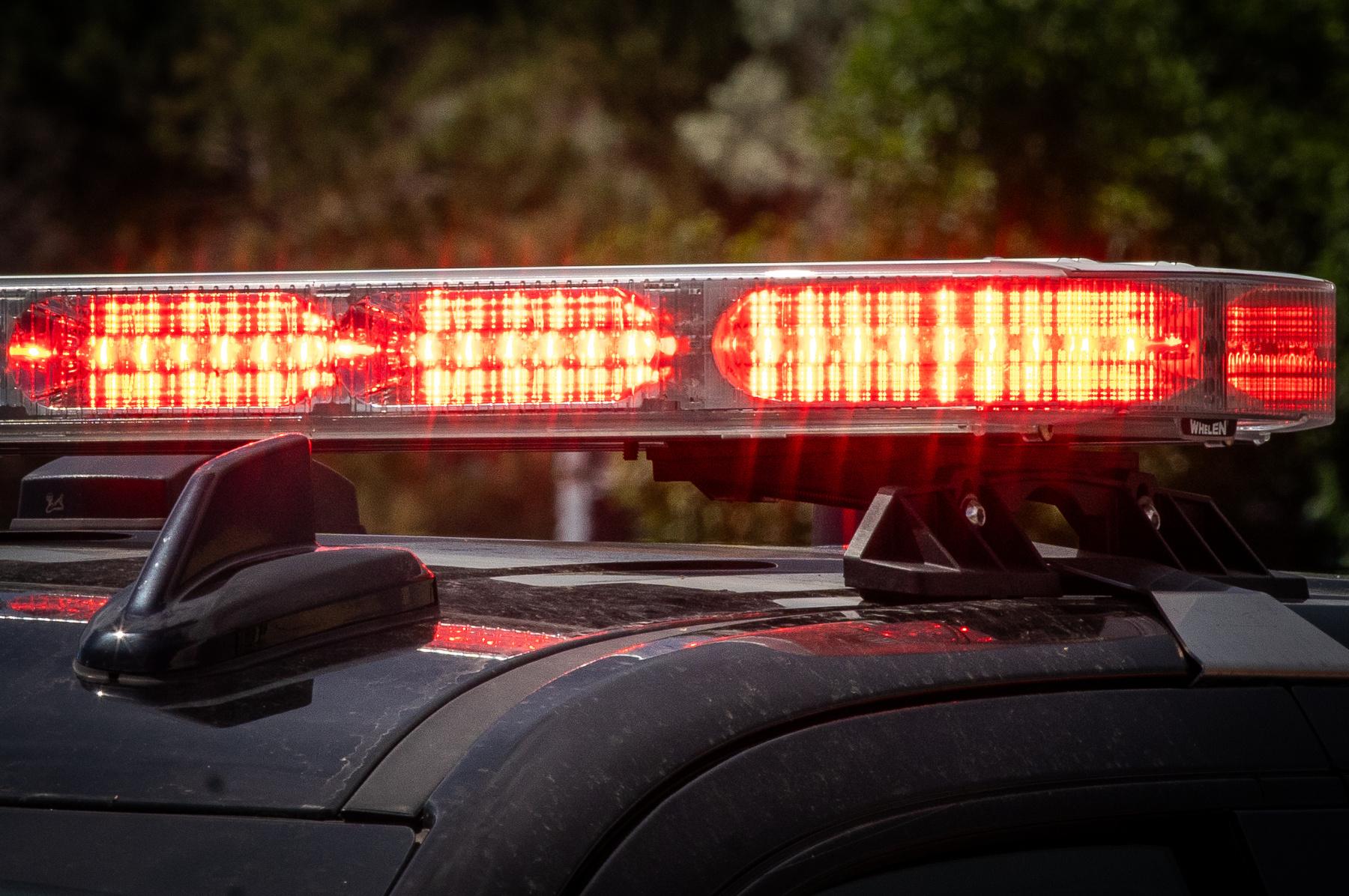
For months, all 14-year-old Maddie Provost could do was sit on the sideline and watch.
The midfielder for the Real Silver club soccer team in Highlands Ranch suffered three concussions recently: She bonked her head on a gym floor, had a ball kicked at her head and she hit her head while mountain biking.
"It kind of affected me in a really big way," she said. "I just wasn’t myself for a pretty long time."
The three successive concussions caused symptoms like light sensitivity and headaches.
After the last concussion, her doctor advised Maddie to sit out for six months -- no soccer, no contact sports -- at all.
“It definitely has been very challenging,” she said, though recently she took to the field again for Real Silver.
Lengthy recovery times for young athletes who've suffered a concussion are now the norm. Not so long ago, though, a soccer player like Provost probably would've been back on the field much quicker -- if not on the same day.

Several things are driving the changes in attitude. There’s been a blitz of media coverage about pro athletes struggling with concussions. Prominent stars, like retired soccer star Brandi Chastain, have agreed to donate their brains to researchers to study chronic traumatic encephalopathy, a degenerative brain disease. U.S. Soccer last year released new guidelines, that ban heading the ball for children under 10, and limit it in practice for those between 11 and 13.
There’ve also been some major changes in how high schools handle the injury. Rules around the country now restrict high school athletes from returning to play after a suspected concussion until they’ve been evaluated, treated and cleared by a qualified medical professional.
Still, researchers say there are a lot of unknowns when it comes to concussions.
Cautious Approach
Maddie's father, Gary, said his daughter's extended recovery was the "right decision."
"She seems to be doing well now, fortunately, and hopefully that will continue," he said.
Maddie said she might even consider giving up soccer if she has another bad concussion. Her doctor, Julie Wilson, said the family is a great example for how young athletes should approach concussions these days.
"If we could get everybody to be that way, that’d be great," said Wilson, a pediatric sports medicine physician who works at Children's Hospital Colorado.
Wilson said at all levels, from players to parents to coaches, awareness of the risks of concussions seems to be steadily growing. It’s a big change from the days when she played college soccer more than a decade ago.
"My senior year, my roommate and I got injured in the same game. She got a concussion and I dislocated one of my toes," Wilson said. "And she was back on the field before I was."

But relatively new rules have sent a clear message about concussions, said Dominic Dimanna, president of the Colorado Athletic Trainers Association.
"It needs to be taken seriously," Dimanna said. "There are certain steps we need to do to evaluate and treat these injuries.”
Occasionally, he said, kids push back who want to play through the injury. And parents will worry about losing scholarships or opportunities with competitive clubs. But for the most part, Dimanna said, parents are reasonable.
"They want what’s best for their children -- as we all do," he said.

The concussion clinic at Children’s Hospital Colorado reports an increase in patient visits since the more strict concussion rules went into effect in this state in 2012.
"Most kids recover well after a concussion and relatively quickly," said pediatric neuropsychologist Mike Kirkwood, who co-directs the hospital’s concussion program.
He said the newfound awareness to this type of brain injury is good, but it also requires some perspective.
“More kids die from lightning strikes than sport-related head trauma in any given year," Kirkwood said.
Given those stats, he worries the pendulum may have swung too far.
“We don’t want parents panicking when their kids have been diagnosed with concussion," Kirkwood said. "And certainly we don’t want parents panicking every time their kids bump their heads.”
Filling In Holes In Research
Research in the field has taken off in recent years, and that may help ease some of those concerns. But much is still unknown, said Sarah Fields, an associate professor at CU Denver.
"How to diagnose them is, I think, the biggest challenge," she said.
Other questions still vex her: How many concussions is too many? What’s the risk of accumulated smaller hits to the head from, say, heading a soccer ball?
Fields helped create a national database on sports injuries, including concussions, in high school athletes. But she points out that even though as many as 80 percent of American kids take part in organized sport before high school, there’s no national surveillance system that tracks concussions for elementary and middle school students.
“We should probably be paying attention to what’s happening to them," Fields said.
Children’s Hospital Colorado will take a first shot at that this fall. Its concussion program is starting a new study to track concussions in 1,700 soccer players of all ages in one of the state’s competitive youth clubs, Real Colorado Soccer -- the club Maddie Provost plays for.









